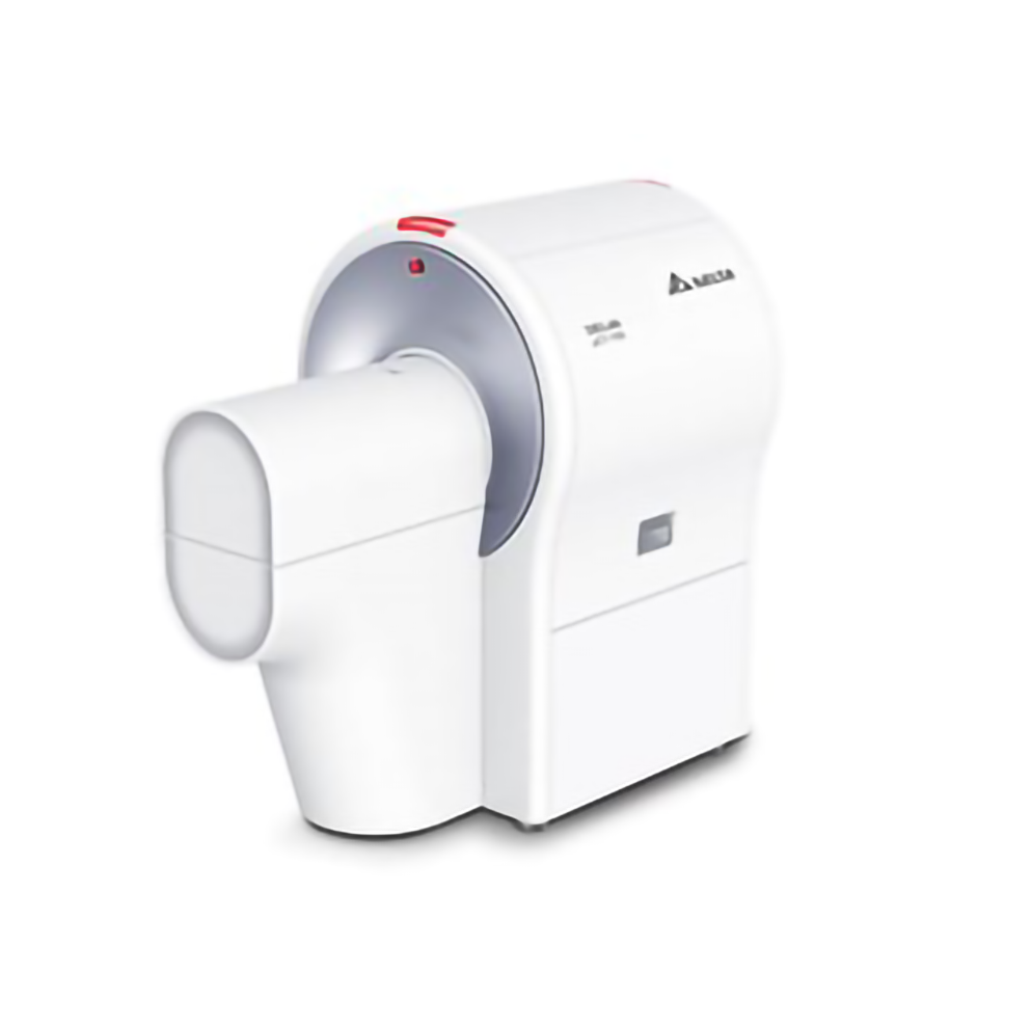M-Series
Ching-Hsiang Fan, Chieh-Yu Tsai, Chun-Yen Lai, Ya-Fu Liou, Jen-Kuang Lee, Chih-Kuang Yeh
A recent study explores a promising method to enhance percutaneous transluminal coronary angioplasty (PTCA) effectiveness, particularly in cases with calcified plaques.
The crucial procedure for widening narrowed arteries, PTCA, faces challenges with calcified plaques due to the risk of complications like balloon or vessel rupture. Researchers hypothesized that ultrasound-induced microbubbles (MBs) could disrupt these plaques through inertial cavitation.
Using a novel columnar US transducer design, experiments were conducted on tubular calcification phantoms mimicking real-life scenarios. Various parameters of US + MBs treatment were tested, followed by inflation experiments with a standard balloon catheter.
Results: the inflation threshold of untreated phantoms (> 11 atm) significantly dropped to 7.4 ± 0.7 atm (p = 5.2E-08) after 20 minutes of treatment with specific settings.
Micro-CT imaging further confirmed internal damage in the calcification phantoms, validating the efficacy of US-induced MBs inertial cavitation in disrupting calcified plaques. Importantly, ex vivo histopathology of pig blood vessels demonstrated intact endothelial linings post-treatment, indicating safety.
This publication suggests that US-induced MBs inertial cavitation could substantially lower the inflation threshold required for PTCA, potentially transforming treatment outcomes for patients with calcified plaques.

